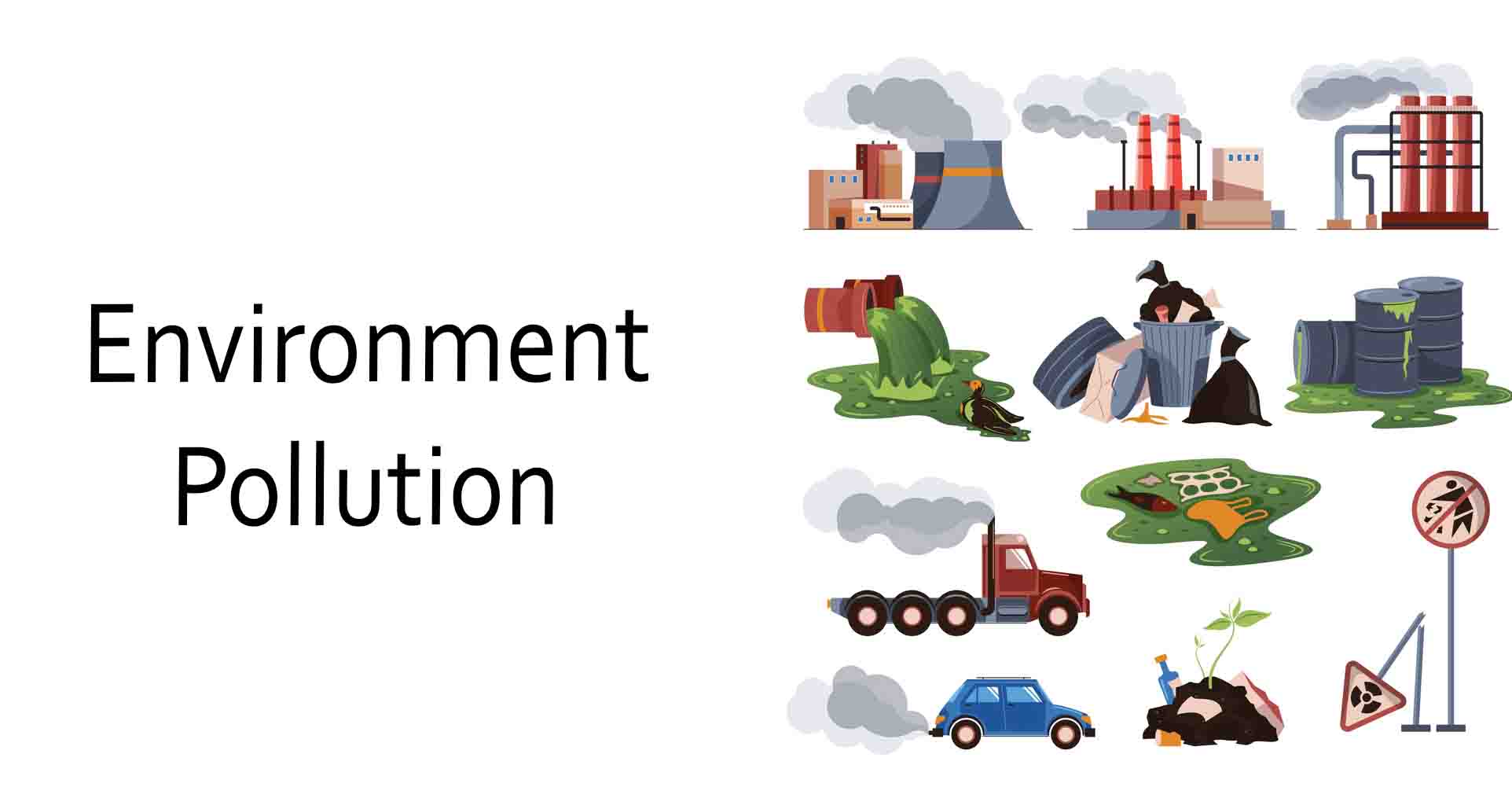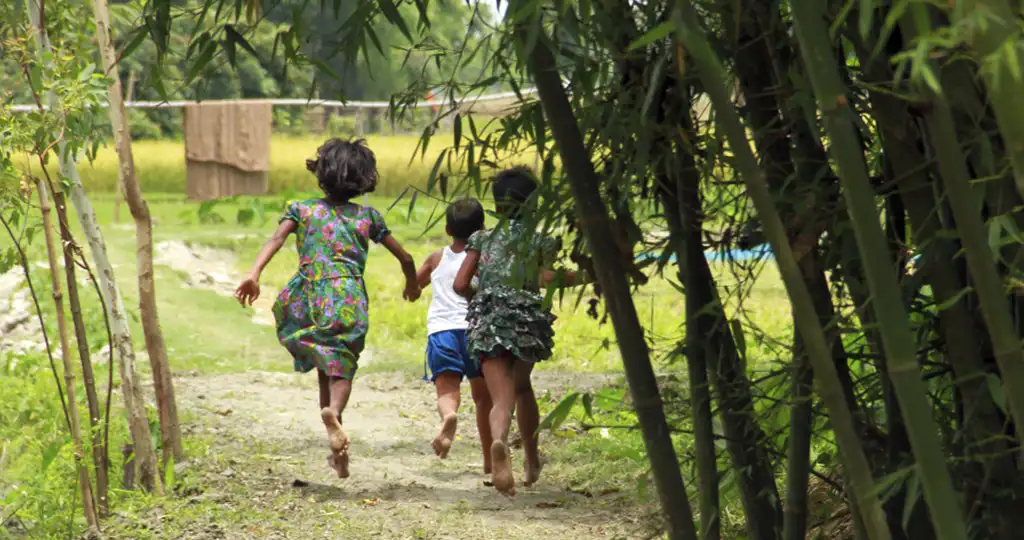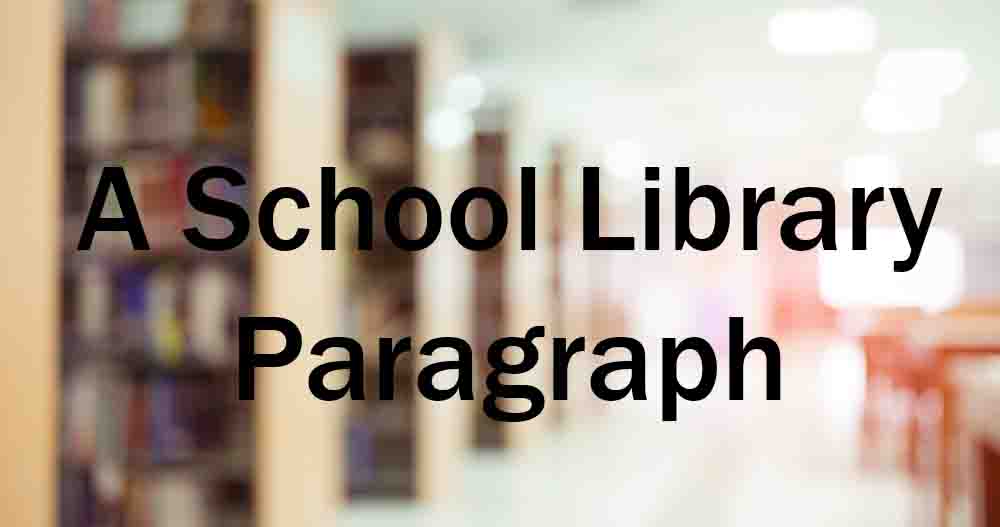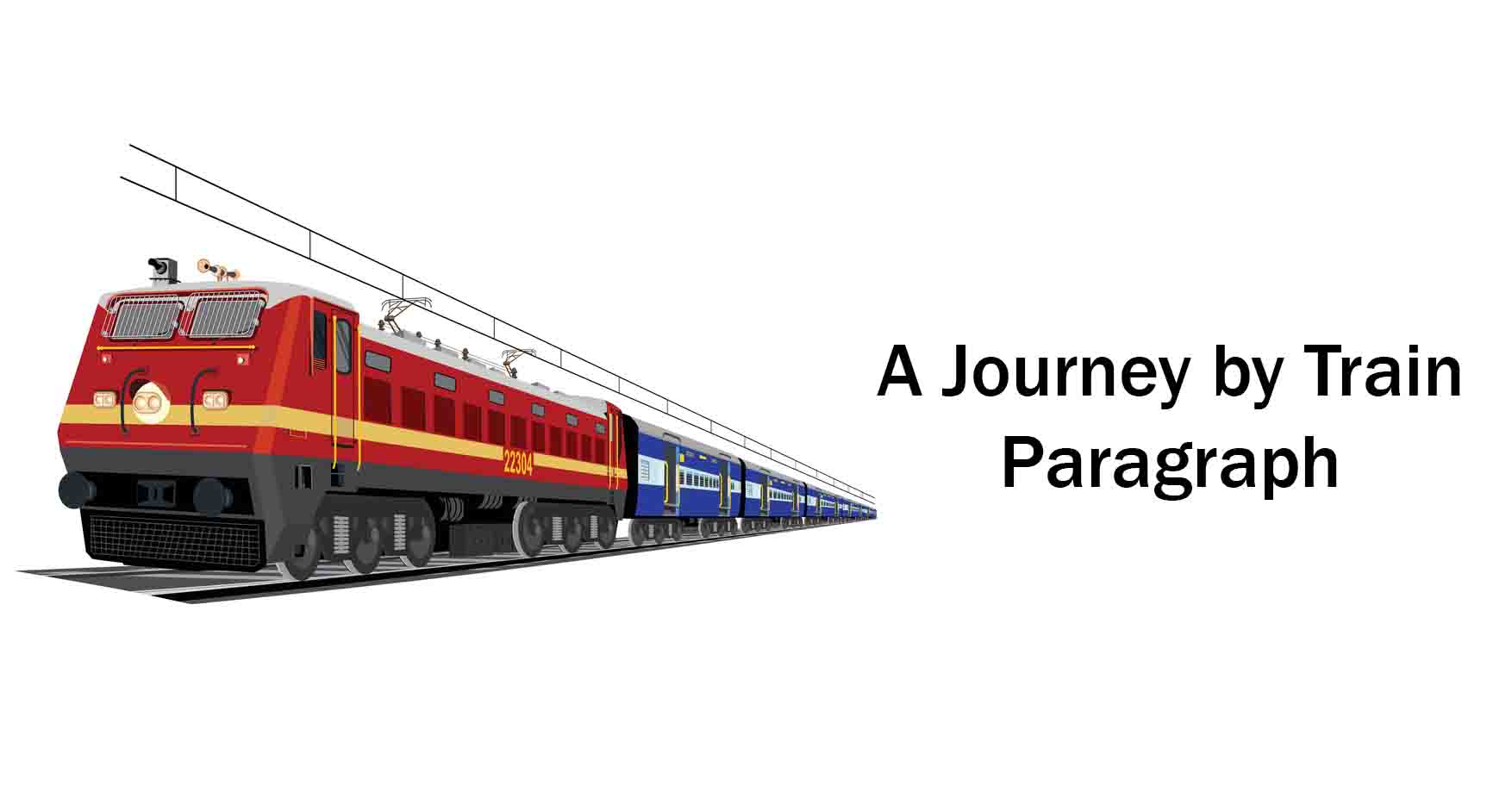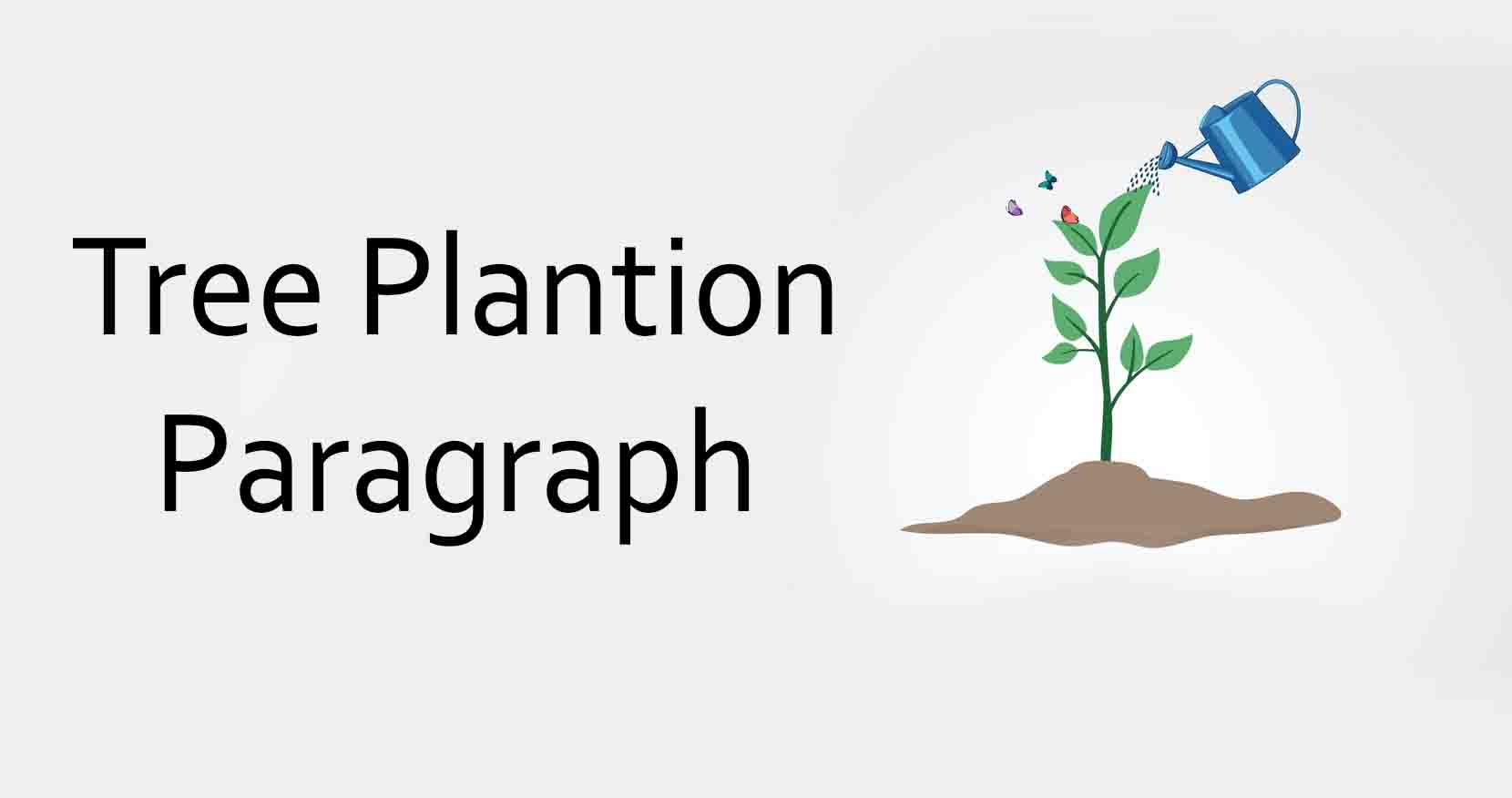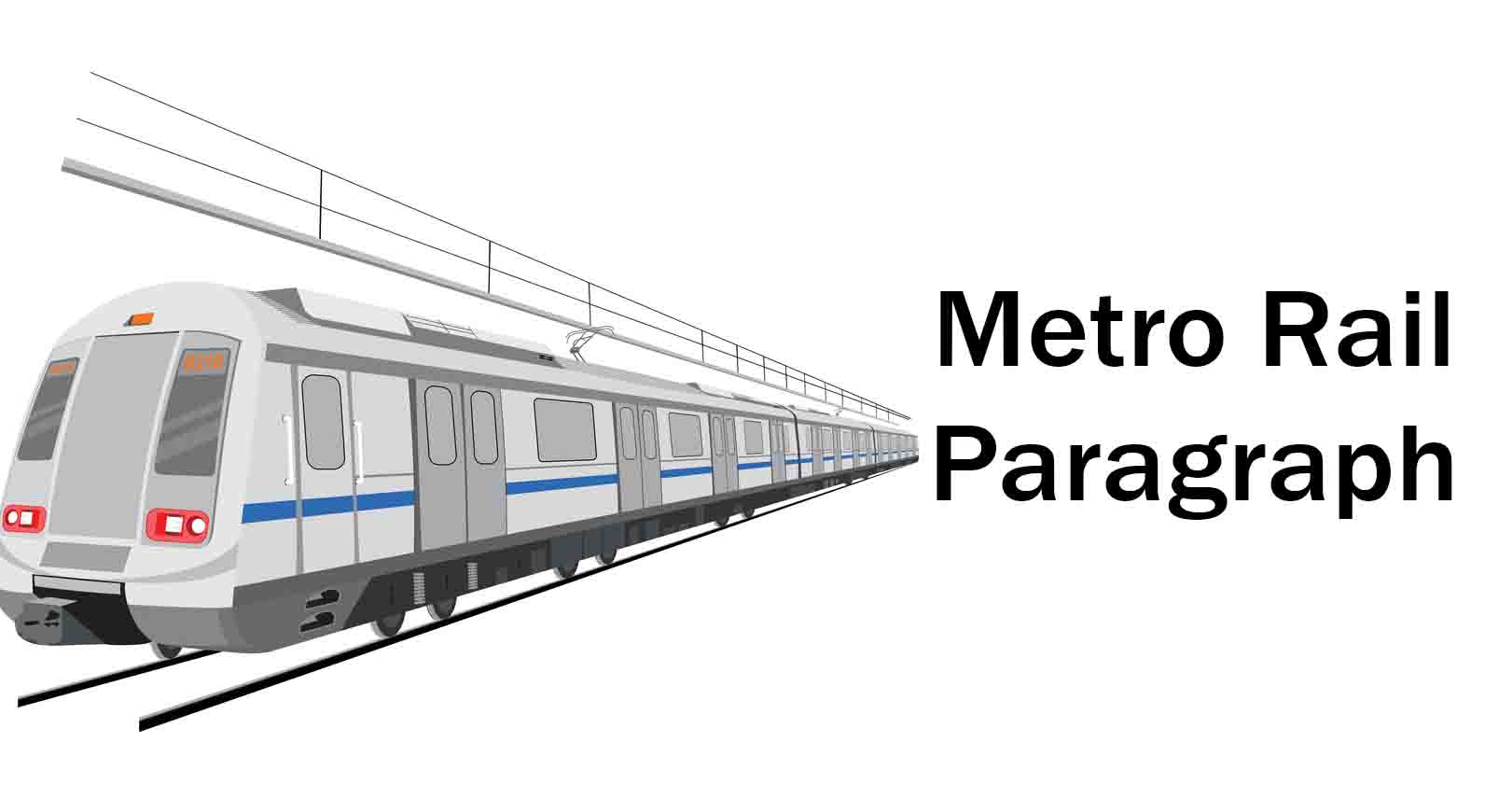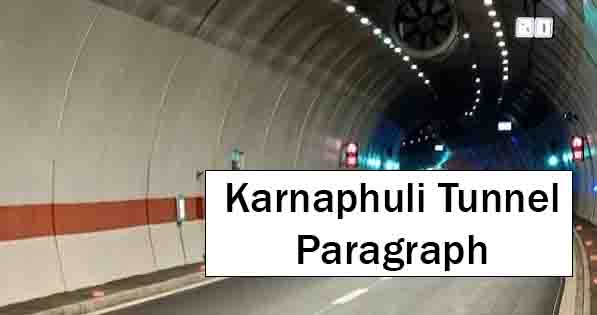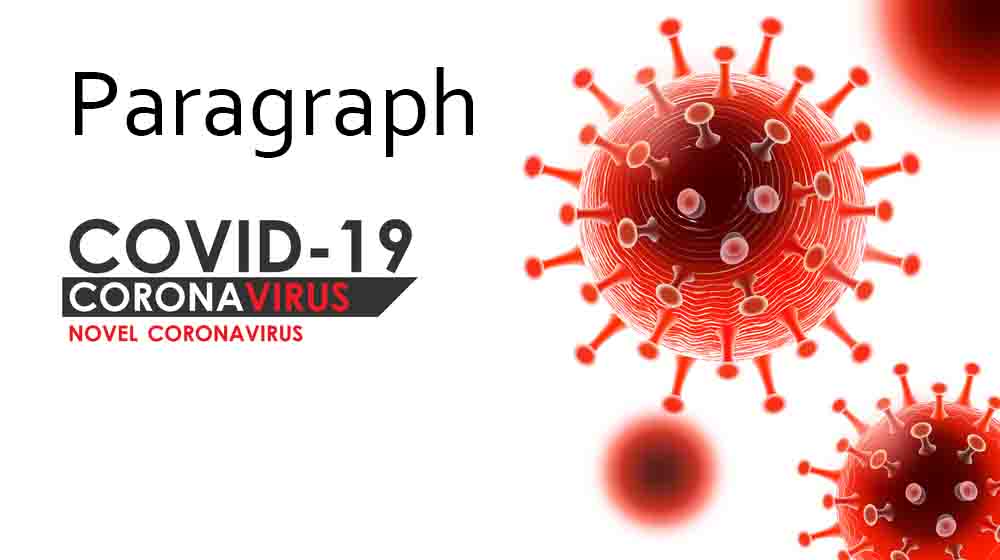Traffic Jam Paragraph for hsc, ssc or any Exams 100-500 words
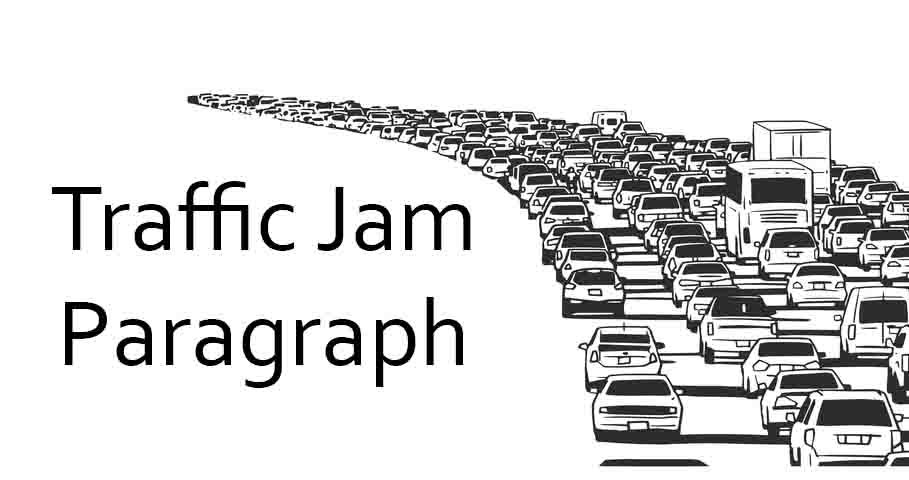
Traffic jam is a common scenario in cities, towns or villages. People living in the cities are mostly affected by traffic jams and it is a severe problem. Research says that the car moving speed in Dhaka city is around 5km/hour, which is the slowest compared to developed countries. It is the biggest obstacle to the development of a country. So we all have to think about this very seriously not only for the exam hall but also for our quality of life.
Learn the traffic jam paragraph for any exam in the easiest words to get the highest marks from here.
Traffic Jam Paragraph for HSC Level Students 300 Words
Traffic Jam
A traffic jam is a situation in which a long line of vehicles on a road stops moving or moves slowly. It is created when there is a huge amount of vehicles on a road than its capacity. It is a common problem in all megacities around the world. In our country, Dhaka, Chattagram, Gazipur, Narayanganj, etc districts are seriously affected by traffic jams. Poor transport management, violation of traffic rules, lack of roads and highways, unplanned cities, lack of coordination in development and maintenance works on the roads, etc are the causes of traffic jams. Where Bangladesh is an overpopulated country, its roads and highways have not been modernized according to the demand. Again with the increased population, the roads have become insufficient and cannot accommodate a large number of vehicles and their movements. Besides our cities aren’t built in an organized way which has made the roads narrower, too much zig-zag and several junctions in a small area. These problems create a mentality among the drivers and passengers to move the high traffic areas quickly. Thus, they cross vehicles violating traffic rules and the situation becomes more problematic. Many unplanned development works are done on the road, mismanagement, and lack of coordination among Govt. departments also lead to huge pain and suffering for the common people on the roads. We face traffic jams not only at a specific busy time, rather it is seen all day long both in the megacities and towns because of the carelessness of drivers and fitness-less public transport. Parking space is insufficient in the cities and the vehicles park alongside the roads and highways which shrinks the road making the situation worsen. A report published by the World Bank shows that the average traffic speed in Dhaka city is 4km/hour which is slower than the walking speed. For traffic jams, life in the city has turned into horrible nightmares. The movement of vehicles in big cities has become almost impossible. Many people fail to attend their office on time which causes loss of important working hours. The students, workers, employees, rickshaw pullers, and drivers suffer a lot from the slow speed toward their destination. Thus they become annoyed sitting in the vehicles and hearing the sound of the horns and suffer from various mental and physical problems. In addition to pain, traffic jam has a significant economic loss for the hand-to-mouth lower-class drivers, helpers, and related people of the transport business as the number of passengers decreases by a good amount and they face a waste of fuel because of traffic jams. The worst sufferers are the dying patient who needs emergency treatment heading toward the hospital but are stuck in a traffic jam. Our government has taken many steps, but these are not enough and are more time-consuming. Construction of new and alternative roads and highways in a planned way, investment in public transport and controlling private cars, the establishment of a modern traffic control system, creating enough parking space for vehicles and footpaths for walking, implementation of traffic rules, etc can solve the problem. Along with this, the mentality of general people and drivers towards traffic jams is to be changed to create an overall disciplined and safe road. The traffic jam problem must be solved by the combined effort of the government and the public to stop economic loss and suffering.
Traffic Jam Paragraph for SSC Level Students
Traffic Jam
The obstruction of the movement of vehicles creating the clogging of many vehicles is known as a traffic jam. It is created when there is a huge amount of vehicles on a road than its capacity. It is a common problem in our country found in different megacities. Dhaka, Chattagram, Gazipur, Narayanganj, Khulna cities are seriously affected by traffic jams. The causes of traffic jams are poor transport management, violation of traffic rules, lack of roads and highways, unplanned development, maintenance works done on the roads, etc. Where Bangladesh is an overpopulated country, its roads and highways have not been modernized according to the demand. So the roads have become insufficient and cannot accommodate a large number of vehicles and their movements. Besides the roads are narrow in size and too much zig-zag which makes the movement of vehicles slower. Again the mentality of crossing vehicles to go faster leads to violation of traffic rules and the situation becomes more problematic. General people suffer a lot for the lack of coordination in road management and development works done by the government. The careless attitude of drivers, fitness-less public transport and parking space insufficiency in the cities make the situation worsen. For traffic jams, life in the city has turned into horrible nightmares. Many people fail to attend their office on time. The students, workers, employees, rickshaw pullers, and drivers suffer a lot from the slow speed toward their destination. The worst sufferers are the dying patient who needs emergency treatment heading toward the hospital but are stuck in a traffic jam. Construction of new or alternative roads and effective projects must be taken to make cities free from traffic jams.
Traffic Jam Paragraph in 250 Words
Dhaka, the capital of Bangladesh, is known for its chaotic traffic conditions and chronic traffic jams. The city’s ever-increasing population and lack of proper infrastructure have made it challenging to manage the traffic flow. The traffic jams in Dhaka are a common occurrence and a daily struggle for commuters. The city’s roads are narrow, and most of them are poorly maintained. The lack of proper public transport and inadequate parking facilities have added to the problem. As a result, the roads are often clogged with buses, cars, trucks, and rickshaws, making it challenging to move around. The situation worsens during rush hours, especially in the morning and evening, when people commute to and from work. It is not uncommon to see vehicles stuck in traffic for hours, causing frustration and wasting time. The traffic jams also contribute to air pollution and pose a significant health hazard for the city’s inhabitants. The government has taken several measures to address the issue, such as introducing a mass transit system, building flyovers and highways, and implementing strict traffic rules. However, these efforts have had limited success due to the lack of proper planning and implementation. To alleviate the traffic situation in Dhaka, there is a need for a comprehensive approach that includes expanding the public transport network, improving the road infrastructure, and promoting the use of alternative modes of transport such as bicycles. The government also needs to enforce strict traffic laws and regulations, including imposing heavy fines on violators. The traffic situation in Dhaka is a significant problem that affects the city’s residents’ daily lives. It requires a concerted effort from the government, citizens, and private sector to address the issue and improve the overall quality of life in the city.
Traffic Jam Paragraph in 500 words
Traffic jam is a significant issue faced by most cities around the world, and Dhaka, the capital of Bangladesh, is no exception. The city’s rapid population growth and inadequate infrastructure have led to severe traffic congestion, which is a major concern for both residents and commuters.
The traffic situation in Dhaka is worsened by several factors, including poor road conditions, lack of proper public transport, and inadequate parking facilities. The city’s roads are narrow and often congested with a mix of cars, buses, trucks, and rickshaws. The traffic is often at its worst during peak hours, when people commute to and from work, leading to massive traffic jams that can last for hours.
The traffic congestion in Dhaka has several negative impacts on the city’s residents and the environment. First, it results in massive time wastage, with commuters spending hours in traffic jams, leading to frustration and stress. It also contributes to air pollution, which is a significant health hazard, particularly for people with respiratory illnesses. Traffic congestion also leads to increased fuel consumption and carbon emissions, which contribute to climate change.
To address the traffic congestion problem in Dhaka, the government has implemented several measures, including building flyovers, highways, and bridges, and introducing a mass transit system. The government has also introduced strict traffic laws and regulations, including imposing fines on traffic offenders.
However, despite these efforts, the traffic congestion problem in Dhaka remains significant, and more needs to be done. One of the most effective measures that can be taken is to improve the public transport system. The current public transport system in Dhaka is inadequate, and most people rely on private vehicles, leading to increased traffic congestion.
Improving the public transport system would encourage people to use public transport instead of private vehicles, which would help reduce traffic congestion. This can be achieved by investing in a modern public transport system, including buses, trains, and metro systems. The government could also consider implementing a congestion charge scheme, which would encourage people to use public transport or carpool.
Another solution to the traffic congestion problem in Dhaka is to promote cycling and walking. The city’s roads are narrow, making it challenging to accommodate more vehicles. Promoting cycling and walking would help reduce the number of vehicles on the road, which would help reduce traffic congestion. The government could create dedicated cycling lanes and pedestrian paths to encourage people to cycle or walk.
To improve the traffic situation in Dhaka, the government also needs to invest in road infrastructure. The city’s roads are poorly maintained, making it challenging to navigate through the city. The government needs to invest in the construction and maintenance of roads to ensure smooth traffic flow. The construction of new roads and flyovers can help divert traffic from congested areas, which would help reduce traffic congestion.
Enforcing traffic laws and regulations is also essential in reducing traffic congestion in Dhaka. The government needs to enforce traffic laws strictly, including imposing heavy fines on offenders. The government could also consider introducing a reward system for drivers who follow traffic rules and regulations, which would encourage people to obey traffic laws.
In conclusion, traffic congestion is a significant issue in Dhaka, and more needs to be done to address the problem. Improving the public transport system, promoting cycling and walking, investing in road infrastructure, and enforcing traffic laws are some of the measures that can help reduce traffic congestion in Dhaka. Addressing the traffic congestion problem in Dhaka will not only improve the quality of life for residents but also contribute to a healthier environment and a sustainable future.
Key Points for Traffic Jam Paragraph
Q: What causes traffic jams?
Ans: Traffic jams can be caused by a variety of factors, including accidents, road closures or construction, rush hour traffic, and bottlenecks where lanes merge or split.
Q: How can I avoid getting stuck in a traffic jam?
Ans: To avoid getting stuck in a traffic jam, try to plan your route ahead of time and avoid high-traffic areas during rush hour. You can also use real-time traffic apps to stay up-to-date on traffic conditions and adjust your route accordingly.
Q: What should I do if I get stuck in a traffic jam?
Ans: If you get stuck in a traffic jam, try to remain calm and patient. Keep a safe distance from the vehicle in front of you and avoid changing lanes excessively. You can also use the time to catch up on phone calls, listen to music, or simply relax.
Q: How can we reduce traffic jams?
Ans: Traffic jams can be reduced by implementing measures such as public transportation, carpooling, and bike lanes. Additionally, road construction and maintenance can help prevent accidents and improve traffic flow.
Q: What are the environmental impacts of traffic jams?
Ans: Traffic jams can contribute to air pollution, as vehicles are forced to idle for extended periods of time. They can also increase fuel consumption and greenhouse gas emissions.
Q: Are traffic jams a global problem?
Ans: Yes, traffic jams are a global problem. They occur in cities and towns all over the world and can be particularly severe in densely populated areas with high levels of traffic congestion.
Q: How do traffic jams affect the economy?
Ans: Traffic jams can have a negative impact on the economy by increasing transportation costs and reducing productivity. They can also deter businesses from investing in areas with high levels of traffic congestion.
Q: What is the most common cause of traffic jams?
Ans: The most common cause of traffic jams is simply too many vehicles on the road at once. This can be exacerbated by factors such as road closures or construction, accidents, and rush-hour traffic.
Traffic Jam Paragraph Video
Read more:

